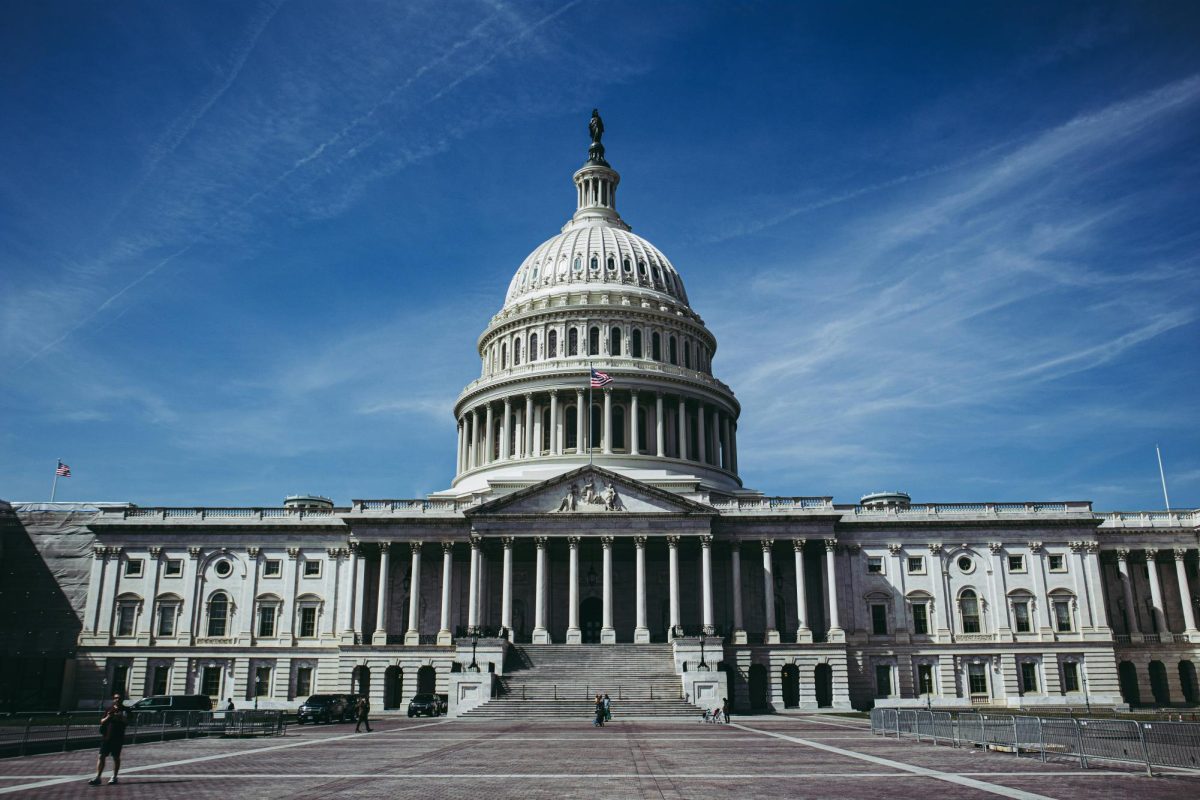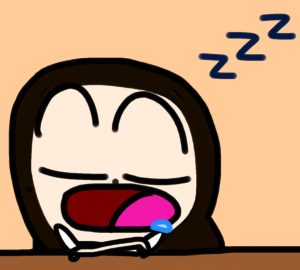The Truth About Poverty & Teens
March 10, 2015
“We are true to our creed when a little girl born into the bleakest poverty knows that she has the same chance to succeed as anybody else, because she is an American; she is free, and she is equal, not just in the eyes of God but also in our own.” These words, spoken by President Obama in his 2013 inaugural speech, present the belief that, in America, all people are equal, all people can succeed, and all people can make it.
However, for many of America’s poor – despite the President’s words – escaping the chains of poverty is not easy, as the path to success is awash with challenges, dangers and obstacles.
According to “How Does Poverty Affect a Teen’s Lifestyle?” by Ayra Moore, teens who live in poverty are more likely to engage in deviant and delinquent behavior that can affect them for the rest of their lives. According to Moore, poverty forces kids to make choices on their own at a crucial time in their lives due to a lack of parental monitoring. She writes, “A lack of parental monitoring, associating with deviant peers and having trouble at school or home can influence these types of [deviant] behaviors. Living in a low-income neighborhood or one that is characterized by violence or drug use are also contributing factors. Long-term consequences of delinquency include adult criminality, incarceration and being harmed by violence.” Taking this into consideration, one cannot help but note that President Obama’s message in his inaugural speech seems to be somewhat of an empty promise. If the girl he describes in his speech is to succeed, she will need help, but all too often this help is not available in impoverished homes.
When teenagers face poverty, they often find themselves in harm’s way. Without a place to go, they end up in the wrong hands and in danger. These dangers can take the form of physical issues related to poverty, such as poor nutrition, as well as more serious personal issues such as prostitution or other criminal behavior.
In his article “Stubborn Cycle of Runaways Becoming Prostitutes,” New York Times writer E.C. Gogola profiles a 14-year-old girl named Ann who ran away from home and was forced into prostitution. “With very few options on the street, Ann soon accepted an offer of housing from a man whom she began to think of as her boyfriend…. He would take her to Manida Street, a section of the Hunts Point neighborhood in the Bronx that is notorious for prostitution.” Gogola provides this description of Ann’s choice to take refuge in a place with a man she does not know is in order to show just how desperate young girls can be when they are forced out on their own.
“I would go out there, and I would give him the money,” Ann told Gogola. Ann goes on to say that the man she thought would help her “…would beat me up.” The Justice Department believes that approximately 450,000 children run away from home every year and, of those teens, one-third of them will be approached by a pimp within 48 hours of leaving home.
While most teens cannot imagine a scenario quite this extreme as it lays too far outside their experiences, the truth is, it happens, and it happens all too often in the U.S. for kids in poverty.
For teens who have families that are unstable or struggling, tough times can creep up on them, which can result in poor choices and even criminal behavior. According to “How Does Poverty Affect a Teen’s Lifestyle?” by Dina Hinders, the U.S. Department of Health and Human Service’s Office of the Assistant Secretary for Planning and Evaluation conducted a study that showed that 20 percent of low-income teens have been charged with a crime by the time they reach the age of 24, in comparison to just 12 percent of teens from high-income families. While this does not seem a large gap at first glance, the issue is that poor kids are twice as likely to be involved in crime-related activities. However, plans and policies exist and can be put into place to help change this and give poor kids the opportunity President Obama mentioned in his inaugural speech.
According to A. Barton Hinkle, in his article “Four Things Government Could Do to Ease Poverty,” the government can have a significant effect on the issue. Hinkle recommends:
First – Call a cease-fire in the war on drugs. “According to the Charlottesville-based Rutherford Institute, whites use drugs at higher rates than blacks, but the black incarceration rate for drug crimes is 10 times that of whites. Doing prison time not only makes it harder to get a job; it also impedes wealth accumulation: People in prison aren’t building home equity or 401(K) savings. And locking up black men for minor offenses only makes the marriage problem worse.”
Second – Reduce barriers to work. “Many other entry-level occupations also are walled off by strict licensing rules that are often supported by industry insiders fearful of competition.”
Third – Give zoning a break. “Anti-poverty advocates often demand horrendously expensive public transit systems so poor people can get to jobs. Yet one reason jobs are hard to reach is overly restrictive zoning policies that segregate residential and commercial activity.”
Fourth – Fix the schools. “…since 1970 the cost of a K-12 public education per student has roughly tripled, while achievement has remained flat.”
Poverty can lead teens down a path that affects them and the nation in a negative manner. In America, which has vast possibilities, it’s time for the nation to address poverty and provide everyone an equal chance at success.












































